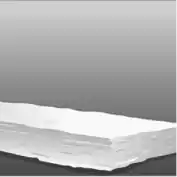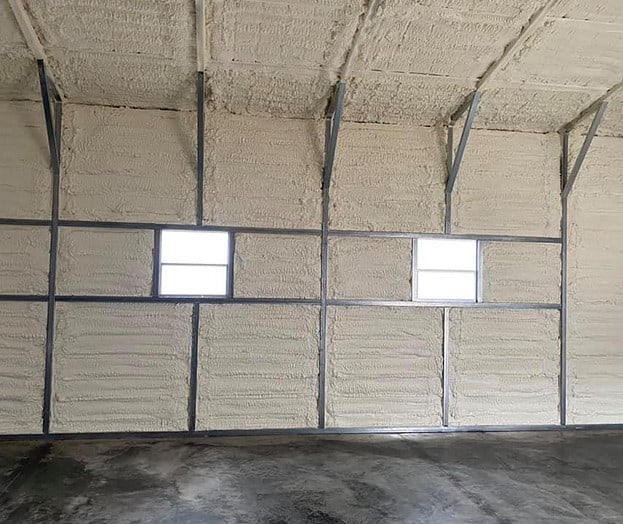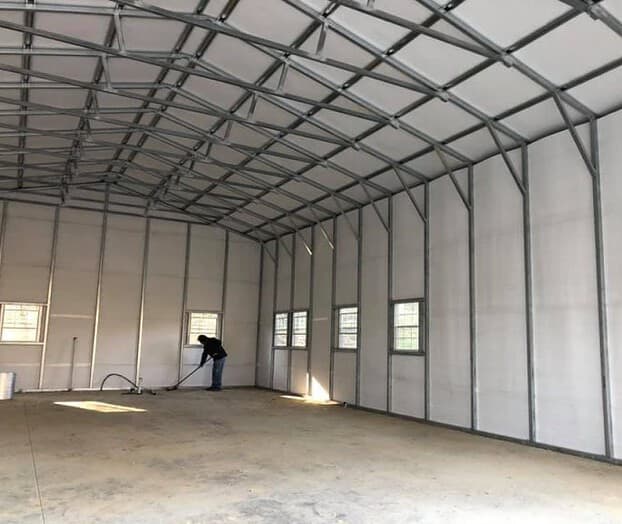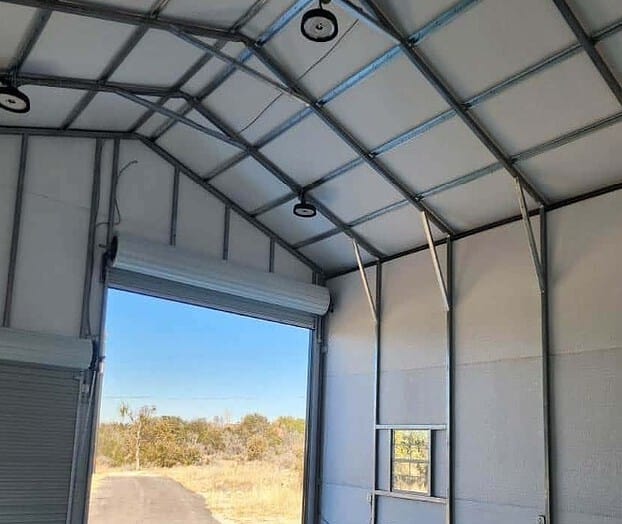If you’re planning to insulate your metal building, it’s important to choose the right type of insulation for your needs. With so many options available, it can be overwhelming to determine which type of insulation is best for your project. In this post, we’ll explore three common types of insulation for metal buildings: fiberglass insulation, spray foam insulation, and reflective insulation. We’ll discuss the pros and cons of each type to help you make an informed decision. By the end of this post, you’ll have a better understanding of the different types of insulation available for your metal building and which one might be the best fit for your needs.
It’s difficult to say which insulation type is the “best” for metal buildings, as each type has its own set of pros and cons that may make it more suitable for certain projects or situations. It ultimately depends on your specific needs and preferences.
Metal buildings have become increasingly popular due to their durability, affordability, and versatility. However, without proper insulation, they can be uncomfortable and inefficient, especially in extreme weather conditions. Insulating your metal building is essential to maintain a comfortable indoor temperature and reduce energy costs.
Types of Insulation
There are several types of metal building insulation to choose from, including fiberglass, spray foam, and reflective insulation. Each type has its advantages and disadvantages, depending on your specific needs and budget.
Fiberglass insulation is a common choice for metal buildings because it is affordable and easy to install. It comes in rolls or batts and can be installed between the metal panels or walls of your building. However, fiberglass insulation is not as effective as other types of insulation in extreme weather conditions.

Spray foam insulation is a more effective and energy-efficient option. It is sprayed onto the interior walls of your metal building, creating a barrier that prevents air leaks and keeps the building insulated. Spray foam insulation is also waterproof and helps prevent mold and mildew growth.

Reflective insulation is another option for insulating your metal building. It is made of foil or other reflective materials and reflects heat away from the building, keeping it cooler in the summer and warmer in the winter. Reflective insulation is also lightweight and easy to install.

When choosing insulation for your metal building, it’s important to consider the R-value, which measures the insulation’s ability to resist heat flow. The higher the R-value, the more effective the insulation will be in keeping your building comfortable and energy-efficient.
Pros and Cons
| Insulation Type | Pros | Cons |
|---|---|---|
| Fiberglass Insulation | Affordable, Easy to install, Widely available | Less effective in extreme weather conditions, Can sag or settle over time, Can be itchy and irritating to handle |
| Spray Foam Insulation | Energy-efficient and effective at preventing air leaks, Provides superior insulation compared to other types of insulation, Can improve indoor air quality by preventing moisture and mold growth | More expensive than other types of insulation, Must be installed by a professional, Can be difficult to remove if needed |
| Reflective Insulation | Lightweight and easy to install, Reflects heat away from the building, keeping it cooler in the summer and warmer in the winter, Resistant to moisture and mold growth | Less effective in extreme weather conditions, Requires a reflective surface to be effective, Can be expensive |
Example: RadiantGUARD Ultima-FOIL Radiant Barrier Insulation This reflective insulation is made of aluminum foil and is designed to reflect up to 97% of radiant heat. It is lightweight and easy to install, and can be used in a variety of applications.
Other Considerations
In addition to insulating your metal building, there are other steps you can take to improve its energy efficiency. These include sealing air leaks, installing energy-efficient windows and doors, and using a programmable thermostat.
To summarize, each type of insulation for metal buildings has its own set of pros and cons. It’s important to consider factors such as effectiveness, cost, ease of installation, and resistance to mold and mildew growth when choosing insulation for your specific needs.
FAQ’s
Q: How much insulation do I need for my metal building? A: The amount of insulation you need for your metal building depends on several factors, including the size of your building, your climate, and your desired level of insulation. A professional insulation contractor can help you determine how much insulation you need for your specific project.
Q: Can I install insulation in my metal building myself? A: It is possible to install insulation in your metal building yourself, but it’s important to have the proper knowledge and equipment to do so safely and effectively. For best results, consider hiring a professional insulation contractor to install insulation in your metal building.
Q: Is one type of insulation better than the others? A: Each type of insulation has its own set of pros and cons, and the “best” type of insulation for your metal building depends on your specific needs and preferences. Consider factors such as your budget, climate, and desired level of insulation when choosing which type of insulation to use.
Q: How long does insulation last in a metal building? A: The lifespan of insulation in a metal building can vary depending on factors such as the type of insulation used, the climate in your area, and the level of wear and tear on the insulation. Generally, fiberglass insulation can last up to 25 years, while spray foam insulation can last up to 80 years or more.
Q: Can insulation help me save on energy costs? A: Yes, insulation can help you save on energy costs by reducing the amount of heat transfer between your building’s interior and exterior. This can help keep your building cooler in the summer and warmer in the winter, reducing the need for heating and cooling systems and ultimately lowering your energy bills.
Conclusion
In conclusion, insulating your metal building is essential to maintain a comfortable indoor temperature and reduce energy costs. There are several types of insulation to choose from, each with its advantages and disadvantages. When choosing insulation for your metal building, it’s important to consider the R-value and other factors to ensure that you make the right choice for your specific needs and budget.


